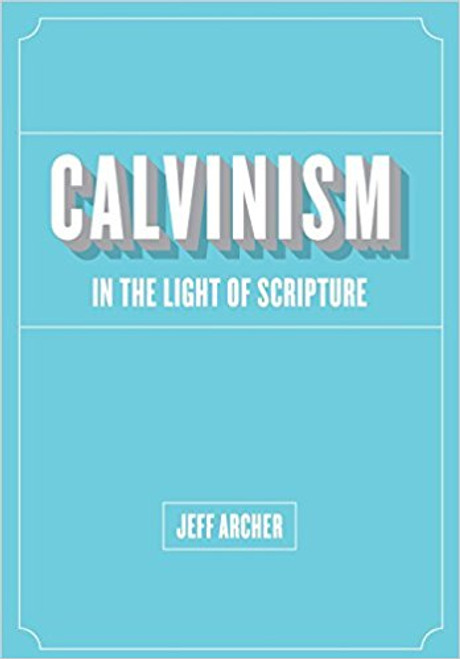


Product Description
In the 5th century two men, Pelagius and Augustine, and their teachings were at odds. Pelaglus believed that man had the freedom to choose good and evil. His favorite maxim was "If I ought, I can." Augustine believed every part of man-body, soul, and will- was totally depraved, Inclined toward evil. Man was Incapable of choosing good or even wanting to serve God.
As the Catholic Church emerged, it followed the teaching of Augustine. Believing man was born with original sin and Incapable of doing anything good, the Catholic Church claimed to be the infuser of grace. Christening an infant took away the stain of sin and then the Church, through its sacraments, infused grace which enabled the person to keep God's law. The more sacraments (good works) one did, the more grace he received to have more power to do even more good.
As the years passed, the traditions of the Catholic Church accumulated and slowly buried the teaching of Augustine. The Catholic Church became increasingly powerful and corrupt in who it deemed worthy to receive the Infusion of the grace of God. John Calvin (1509-1564), a Catholic monk, wrote his Institutes of the Christian Religion in 1536 in which he sought to reestablish the teachings of Augustine in the Catholic Church. John Calvin made many errors In this attempt to reform the Catholic Church from a works-based religion to a system of grace. The errors of John Calvin are embedded in many denominational churches today.
In this workbook, Jeff Archer explains Calvinism, it's origin, and Illustrates how It contradicts the Scriptures. These thirteen lessons will cover Calvin's well known "Tulip Theory" in relationship to what the Bible teaches concerning salvation.

 Back to Main Menu
Back to Main Menu







